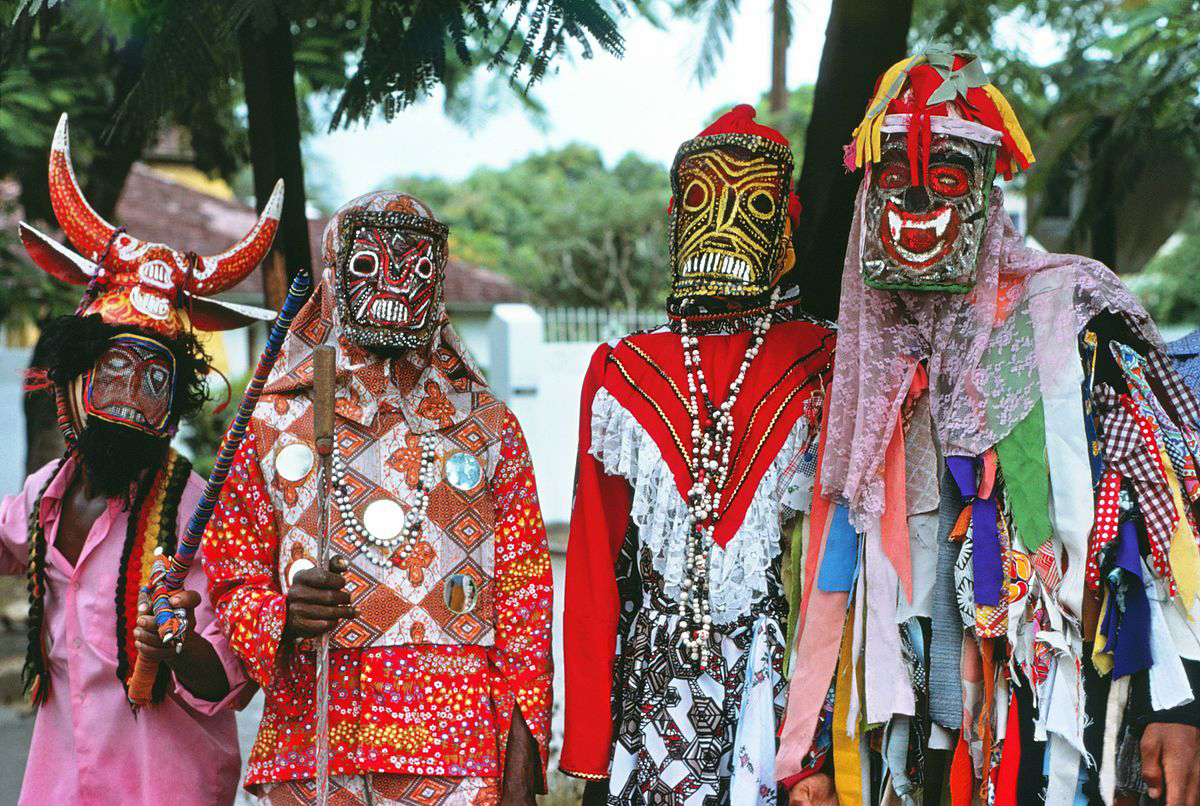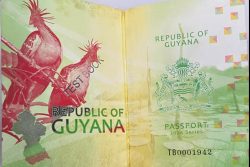 Theatre has a very close history with religion. It owes its origins to religion. This includes Christianity religion, and it is once more of interest at this time to revisit the links between the theatre and Christmas.
Theatre has a very close history with religion. It owes its origins to religion. This includes Christianity religion, and it is once more of interest at this time to revisit the links between the theatre and Christmas.
Although the church still actively uses theatre at Christmas, there is immeasurable commercial activity exploiting Christmas theatre. Most of the important theatrical forms and enactments have faded over time.
Much more happens today in film than on the stage and mostly involves drama about the mythology of Christmas, melodramatic plots reflecting the season, a range of commercial productions, or amateur nativity plays, including church theatrics. In film it is a huge lucrative industry.
But the historical connections are deep. The festival of Christmas developed steadily around Europe after the fifth century AD along with the rise of the Roman Catholic Church. It included the Mediaeval Yule or Yuletide traditions, incorporating several secular or pagan festivals and many feast days, which make up the Twelve Days of Christmas. The feasts and the 12 days, for instance the Feast of St Stephen (Boxing Day) and the Feast of the Epiphany (Twelfth Night), have meaning for the Christian faith; but there were also literal feasts and traditions of drinking which did not exclude high ranking members of the clergy, and related theatrical rites. A significant development was wassailing, which included groups of performers travelling around the community from house to house singing Christmas carols, and participating in alcoholic refreshments.
It was the era of feudalism and the practice included groups of serfs visiting the household of the feudal lords at Christmas to entertain them and be rewarded with refreshments and handouts. But at the centre of it was a drinking tradition in which the wassailers drank to the health of hosts. The word “wassail” derived from the Anglo-Saxon “waes hael” which meant “good health”. Here are two stanzas from the standard wassail song.
Here we come a-wassailing
Among the leaves so green;
Here we come a-wand’ring
So fair to be seen.
Love and joy come to you,
And to you your wassail too;
And God bless you and send you a Happy New Year
And God send you a Happy New Year.
Our wassail cup is made
Of the rosemary tree,
And so is your beer
Of the best barley.
Love and joy come to you,
And to you your wassail too;
And God bless you and send you a Happy New Year
And God send you a Happy New Year.
This form of theatrical procession grew into enactments that took hold both in and outside of England.
For example, developing around the same time in the Middle Ages and continuing right into modern times was the tradition of mumming. This was still very popular in Victorian England and well after. It was a practice among country folk, much as was done in wassailing, where they disguised themselves in costuming and went from house to house at Christmas to perform little improvised plays and share in refreshments. While all the villagers were known to each other, the identity of the mummers was hidden by the costuming. Mumming was carried around by the British and made its mark in the West Indies.
The major drama on stage that developed in the Middle Ages owes its rebirth and development to the Roman Catholic Church. Within this drama was also found strong ties to Christmas. Around the Fifth Century BC, at the decline of the Roman Empire, thriving classical theatre waned. Ironically, this fall was hastened by the church which disliked the intrusion of pagan elements and what it saw as lascivious, immoral and vulgar content. Legendary theologian St Augustine wrote in condemnation of theatre at the time and rejoiced at its decline. Yet it was the very same church that re-introduced theatre in the Tenth Century AD.
There was no known drama of any consequence in Europe during the dark ages when the Christian church became the strongest factor in government and influence. During feudalism, the priests found that there was a need to educate the congregation, most of whom could not read the Bible and understand the religion. They introduced drama in the mass, performed by the priests, in order to educate the people. They wrote and performed little scripts and liturgies exposing stories from the Bible.
This developed quite substantially, and one of the main types of theatre was the Nativity Play, about the birth of Jesus. First performed at the altar, this type of play grew and members of the congregation were involved as actors and eventually performance moved outside to the church yard. There were standard sets and décor, mainly around the manger scene. All aspects of the story of the miraculous birth were dramatised. Remnants of this can still be seen today in various nativity scenes and tableaux around Mary and baby Jesus – a pictorial structure called the crib found in and around some churches at Christmas time. These images had their origins in the mediaeval nativity plays.
There were also other dramas that developed outside of the church, prompted by the popularity of those church plays. Notable among them were the Shepherds’ Plays in England. Performed by the folk and influenced by the nativity, these saw shepherds as the main characters, dramatising Bible stories surrounding the birth of Christ, because of the important role played by shepherds at different stages of the events leading up to, and after the birth.
The depth of the relationships between Christmas and theatre extends further into folk performances with other forms of drama. They did not all reflect Christmas or the nativity in their plots or form, but belonged to a tradition of performance at Christmas time. One of those was the pantomime, which complemented mumming in the late Middle Ages and the Renaissance.
Pantomimes were popular throughout Europe, such as the Commedia Dell’Arte, but the English pantomime developed as a Christmas time tradition. All pantomimes had certain characteristics. The plots were mostly taken from fairy tales and folk tales; there was a romantic theme, with a female romantic lead character and her lover, a male romantic lead that was always played by a woman, made up and costumed as a young man. It was a comedy, with a happy ending and much humour. The most hilarious character was the Dame, a woman played by a male actor, who exploited his cross-gendered situation to behave in uninhibited fashion, delighting the audience with generous slapstick and farce. It was a musical with song and dance.
Pantomimes survived in the UK and were exported to other countries. Among the most intriguing cases of export is the Jamaica pantomime. The form was taken to Jamaica by British colonisers and performed annually at Christmas by the Little Theatre Movement, the former colony’s oldest drama group. 1942 is recorded as the first local pantomime – when a Jamaican folk tale was used as the plot, instead of a fairy tale. As more native Jamaicans joined the cast, the pantomime acquired many more local elements until the English pantomime was transformed into the LTM Jamaica Pantomime Musical, as it is known today. It has kept up the Christmas tradition by opening every new season on Boxing Day.
The Jamaican Christmas season has therefore come to be associated with theatre since the pantomime tradition has influenced other productions. Perhaps to cash in on box office opportunities, a number of other new plays open in the festive season, to create quite an atmosphere of seasonal theatre, even if it is only of commercial significance.
But there are much stronger traditions in the folk theatre. There are several theatrical forms and traditions associated with the Christmas season in the Caribbean.
Yet there is only one that still survives whose themes and content relate directly with a celebration of Christmas. All the others have no connection with the season except that they are performed as part of the season’s traditions.
The one that celebrates the Christian faith and the birth of Christ is the parang of Trinidad. This is one of the few remaining vibrant theatrical enactments, becoming stronger in recent times because of conscious efforts to promote it. Parang is a musical tradition characterised by dance and its very distinct form of music. Parang rhythms are unmistakable, identifiable and energetic, carried by folk guitars and chac-chac. The songs are in Spanish with a preponderance of lyrics in praise of the Virgin Mary – “Maria”. They are associated with the giving of gifts and are known as “aguinaldos”. There is a culture associated with parang villages, vestiges of Trinidad’s Spanish past. The tradition is also reminiscent of wassailing and mumming with parang bands moving from house to house at Christmas performing and engaging in refreshments. Not surprising, today’s parang is enhanced by electronic musical instruments and has developed a thriving commercial recording industry with a mixture of parang and soca (soca-parang).
Along the Christmas theme, there are also powerful masquerade traditions. There are remnants of this in the Jonkunnu of Jamaica, but the most dynamic of them today is the Junkanoo of the Bahamas, when bands overwhelm the streets of Nassau twice a year in the festive season – on Boxing Day and again on New Year’s Day. There is serious competition among the bands which satirise or otherwise reflect issues of the nation in elaborate floats, effigies and costumed masqueraders who perform a dance called “rushing” to the music of large ensembles of wind and percussion instruments topped off with cowbells. The magnificence of the costumes and floats is equalled only by the Trinidad Carnival.
The Jamaican Jonkunnu has declined from its glorious years of grandeur on the streets at Christmas. There are hardly any remnants of the Mummies of St Kitts – a speech band that took its name from the English mummings. Yet they all tell the tales of the close association between Christmas and theatre. These connections are historical, but there is still some power remaining in both the formal stage and the folk traditions. And it is to be remembered that the Christian church was responsible for the rebirth of theatre in the western world – for the fact that it exists at all today.










